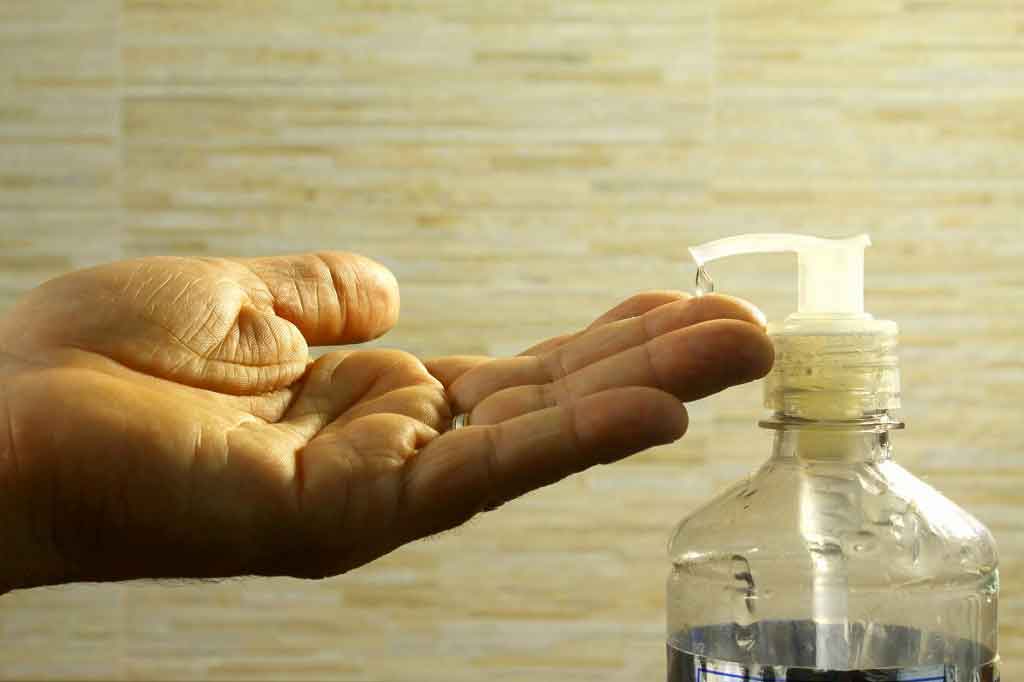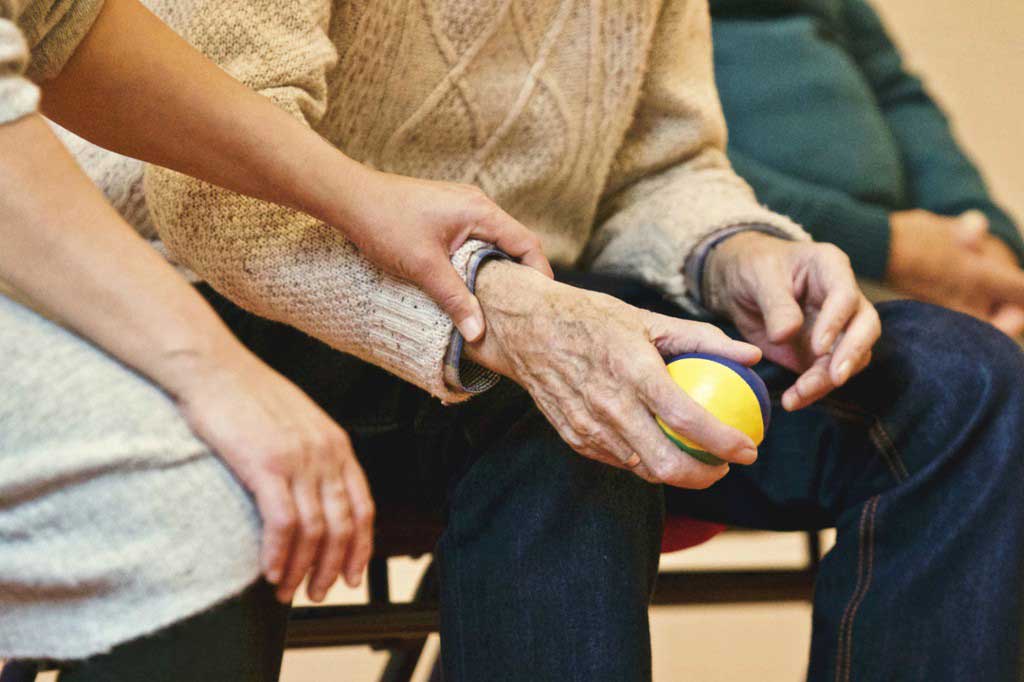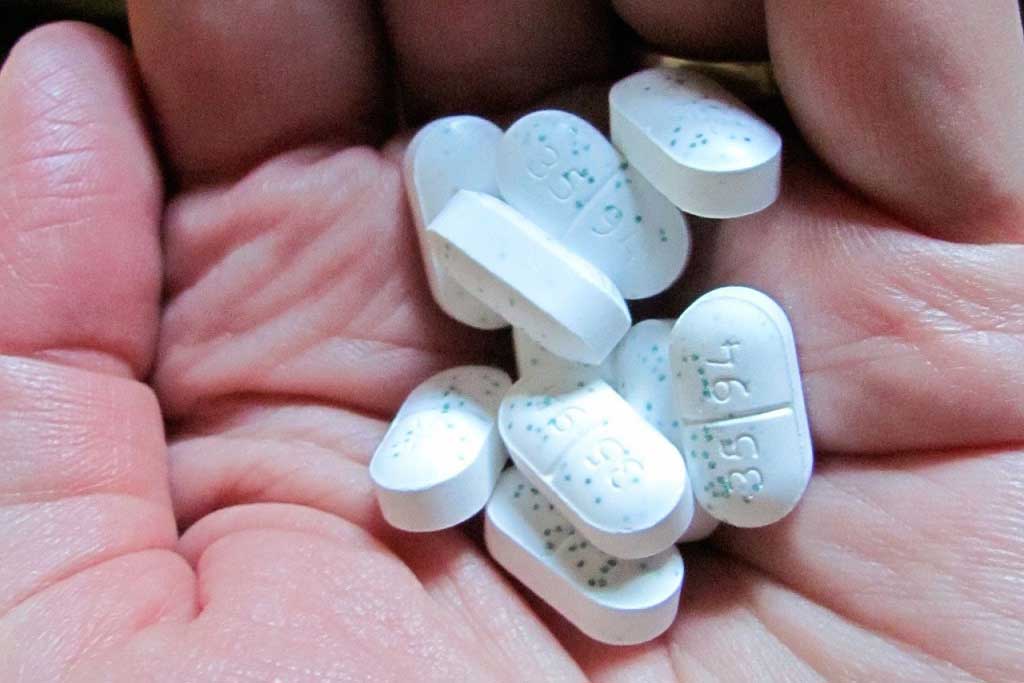Eye drops 'heal glaucoma'
Older people
Treatment with a new type of eye drop “cures blindness in early tests”, according to The Daily Telegraph. The newspaper said that research...
Treatment with a new type of eye drop “cures blindness in early tests”, according to The Daily Telegraph. The newspaper said that research by a team of Italian scientists tested the drops in rats and then found that vision improved in three people tested with new eye drops. Glaucoma is usually treated using eye drops that reduce the pressure in the eyeball and thereby prevent further damage to the optic nerve and retina.
Here researchers were investigating the application of nerve growth factor (NGF), which stimulates the growth and differentiation of certain nerve cells, on visual symptoms of glaucoma. Use of the NGF protein appeared to prevent, and even reverse, glaucoma’s characteristic pressure damage to the eyeballs of both rats and humans. This small study has encouraging findings, with humans experiencing improvements in visual clarity and contrast. Two of the patients showed an improvement in their visual field too. However, with only three subjects the study is too small to draw firm conclusions. Undoubtedly, more research will follow.
Where did the story come from?
This research was conducted by Dr Alessandro Lambiase and colleagues from the University of Rome, the National Research Council, the Gian Battista Bietti Eye Foundation and the European Brain Research Institute Foundation. The research was funded by grants from the Italian Ministry of Health and from Fondazione Rome. The study was published in the peer-reviewed medical journal Proceedings of the National Academy of Sciences .
What kind of scientific study was this?
This was a study looking at a possible treatment for the eye condition glaucoma. It was conducted in two main parts: a study in rats and a follow-up study in three humans.
Glaucoma is caused by problems with drainage in the eyeball. This leads to a build-up of liquid and an increase in pressure that can damage the optic nerves and nerves connected to the retina. It is a major cause of sight loss.
The researchers were investigating the effect of nerve growth factor (NGF) eye drops in glaucoma. NGFs are proteins that encourage particular cells to survive, differentiate or grow. They promote the survival of neurons (nerve cells) and have been shown to inhibit damage to the retinal ganglion cells (RGCs), which are a type of neuron located near the inner surface of the retina in the eye. Glaucoma is characterised by damage to RCGs and to the optic nerve. In animal studies the use of NGF prevents some of the degeneration of RGCs after they have been injured.
In the animal part of this experiment, glaucoma was induced in adult male rats by saline injection. Initially, the researchers treated six with one dose (100?g/mL) of NGF drops, another six with a higher dose (200?g/mL) and left six untreated. They also had another control group of six healthy, non-glaucoma rats. The drops were given four times daily for seven weeks.
Following on from this study they initiated a larger animal study in 18 normal rats, 18 NGF-treated rats (at 200?g/mL) and 18 untreated rats with glaucoma. These rats were also treated four times a day for seven weeks. After the treatment period the rats were euthanized and their eyes were removed for use in a series of examinations of the retina.
The human part of the experiment involved three glaucoma patients whose vision was worsening in spite of treatment. The patients were two males and one female aged an average of 69 years who had been suffering with advanced and progressive glaucoma for an average of 21 years. They were at risk of losing their vision completely even though they were receiving treatment for their condition.
The patients were given one drop of highly purified mouse NGF in one eye only, four times a day for three months. Eye examinations were performed at baseline, every month and at three months after treatment. The researchers measured various visual parameters used in assessing glaucoma patients.
What were the results of the study?
Injection of saline successfully induced a glaucoma-like condition in the rats. Their intra-ocular pressure was elevated and after seven weeks there was a 40% decline in the number of RGCs. Topical application of the 200?g/mL NGF drops protected the RGCs of the rats.
In the three patients there were significant improvements in electrophysiological and clinical measures of vision, namely in contrast sensitivity (ability to see objects against their background) and visual acuity (clearness of vision). The visual field (field of view) in two out of three patients improved. These benefits were sustained even after three months without further NGF treatment. No other side effects were noted except for one patient experiencing a transitory burning sensation.
What interpretations did the researchers draw from these results?
The researchers conclude that the study suggests that topical NGF treatment may be an effective addition to existing treatments for glaucoma because it can reduce neuron death and nerve loss. They say that the results merit further investigation in controlled clinical trials in glaucoma and in other forms of neurodegenerative conditions.
What does the NHS Knowledge Service make of this study?
This is early research in a case series of patients whose vision was failing even though they were being treated for their long-standing glaucoma. Although this small study had limited statistical power it has demonstrated improvements compared with the period before the three patients were treated. Studies like this usually precede more robust investigations of potential new treatments, and only the results of long-term, randomised controlled trials will provide definitive answers about the potential benefits of using NGF eye drops.
The implication from some newspaper coverage is that the eye drops cured blindness, but this is an overstatement not supported by the study’s results. Only certain aspects of the patients’ vision were improved. While this is an important finding because it suggests a reversal of damage, the patients were not cured of their disease.
There are many causes of blindness and different severities of glaucoma. These drops were only used in the most severe form of glaucoma that was unresponsive to other treatments. Glaucoma is usually treated using eye drops that aim to reduce the pressure in the eyeball and therefore prevent further damage to the optic nerve and retina. Laser treatment, systemic medicines (injected into the blood) or surgery may also be options. Importantly, as all patients were still being treated in the usual way for their glaucoma, the researchers suggest that the drops may be an adjunct (used alongside usual treatments).
The findings are encouraging, but the study too small to draw firm conclusions. Undoubtedly, more research will follow.






 Subscribe
Subscribe Ask the doctor
Ask the doctor Rate this article
Rate this article Find products
Find products








